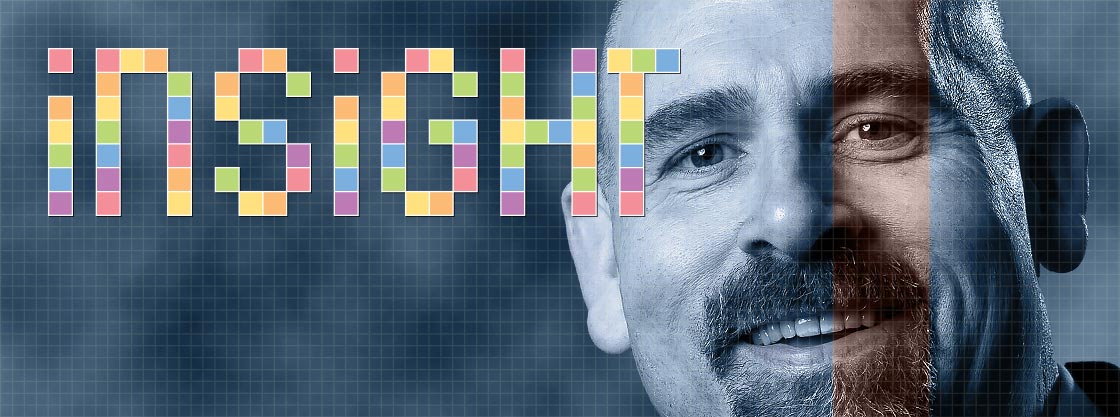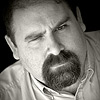Astonishing Legends, Questionable Facts
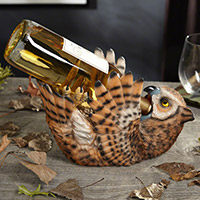
Drunken Owl Wine Bottle Holder (Photo © 2014 Joseph Oliphint Photography. Image used by permission of Rodney Brazil at HomeWetBar.com)
A small percentage of the population self-identifies as “Skeptic.” This is somewhat different than being skeptical. Anyone can be skeptical, but what I usually call “capital-S” Skeptics are people who are so interested in the methodology and practice of scientific-skepticism that they label themselves to signal to others with a single word that they value these processes enough to say that what they most believe in (or strive to practice) is filtering information through the sieve of science.1
Within this group of Skeptics, there is a sub-set who enjoy researching fringe, paranormal and Fortean topics, which Sharon Hill and Jeb Card refer to as “spooky” topics. It’s a small group of people who value science and critical thinking and try to apply those tools to stories of mysterious monsters, strange phenomena, and magical events — all the while maintaining an enthusiasm for researching and thinking about (dare I say enjoying?) these stories.
I’m in that latter group. I frequently describe it as being in a ghetto within a ghetto. I don’t know if there is a useful and handy shorthand for this group of folks — perhaps Spooky Skeptics? Regardless, from this peculiar vantage we often find ourselves having to defend against stereotypes of skeptics as “armchair naysayers,” “scofftics,” “denialists,” “cynics,” “pseudoskeptics” and “the closed-minded.” This is from the printable pool of undesirable labels; there are many less savory ones. Because of my membership in this peculiar subculture, I find myself urged to defend science in communities whose familiarity with the long, deep history of science criticism is shallow, but whose passionate distrust of Skeptics is deep. CONTINUE READING THIS POST…
TAGS: critical thinking, monsters, paranormal investigation, paranormal/supernatural/occult, science, skepticismTaking a Shot at the Boot Hill Ghost
In the online world of allegedly paranormal photos, you will find one referred to as the Boot Hill Ghost. In this modern photo (taken in 1996) a man in the foreground stands in Tombstone Arizona’s famous Boot Hill Cemetery adorned in classic cowboy gear, wearing a cowboy hat, holding a 6-shooter. But it isn’t his steely eyes or checkered kerchief that make the black & white photo so popular on the Internet. Like many alleged ghost photos, the mysterious element was allegedly not seen when the photo was taken. In this case, the strangeness is the clear and obvious form of a man’s torso rising from the soil behind and to the right of the cowboy. The photographer was Ike Clanton (yes, a descendant of the OK Corral Clantons) and the proprietor of a “haunted saloon” in modern Tombstone.
Here is the photo (shared here for the purpose of critical review):
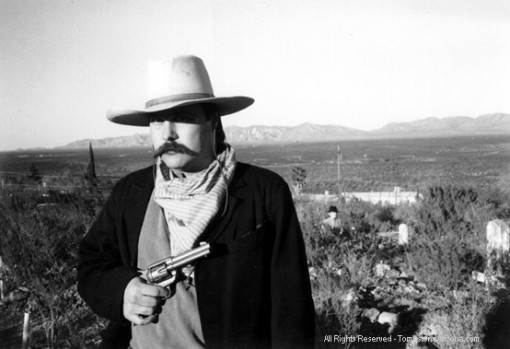
The boot hill ghost photo. See it in context at ClantonGang.com
Uncovering Archaeology Fantasies
When I started the podcast MonsterTalk, an official podcast of Skeptic Magazine, one of our earliest episodes was going to be about “giants.” I didn’t know what angle I wanted to take on the topic because there are many kinds of legendary giants, but ultimately I decided to look into the famous hoax known as The Cardiff Giant. And when it came to picking a guest, only one person came to mind: Dr. Kenny Feder.
Like many skeptics I don’t trust my own (or anyone else’s) memory. I don’t recall if I first saw Feder doing his damned best to bring some sensible skepticism to any of the many documentaries he’s been on, or whether I first heard him in 2008 when he was interviewed on Skeptic’s Guide to the Universe #59. I suspect it was on National Geographic’s Is it Real? dealing with Atlantis in 2006. Regardless, I bought his book Frauds, Myths and Mysteries and was blown away by it. As I am fond of saying, there is more solid and useful archaeological skepticism on the cover of that book than in the entire run of History’s Ancient Aliens.
Feder’s popularity on MonsterTalk has not been equaled. His entertaining, clear and logical explanations of mysterious topics related to archaeology are our most popular episodes. But now, thanks to the work of fellow archaeologist Sara Head, you can get large doses of Feder and fascinating deep science-based discussions of many of the fringe topics which frustrate skeptics so much.
TAGS: Ancient Aliens, archaeologyNew Facts Concerning Goddard Squadron Photo
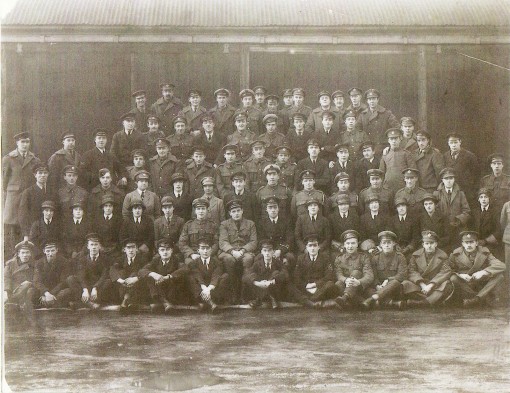
Squadron photo allegedly showing the ghost of Freddy Jackson.
I’m no scientist. I sometimes wish I were, but at the end of the day I’m merely an enthusiast who tries to use scientific methodology in my daily life whenever it is appropriate to do so. One aspect of science which I am keenly aware of is that it is self-correcting. When evidence appears which is contrary to the hypothesis one is testing, science demands that the new evidence be accounted for and that if the evidence is sound, the hypothesis must be amended or discarded.
A few months ago I shared my research on the Freddie Jackson “ghost” photo (aka Goddard’s Squadron Ghost). I have been looking into the history of this photo for some time, and with the databases I was using to search for the existence of Freddie Jackson, I did not find evidence that such a person existed. But, to my delight, a reader of that article reached out to me and he had found the very proof I had been looking for. So, to answer my own question on the matter, should we drop dead Fred? Apparently, the answer is “no.” There really was a Freddie Jackson in the RAF whose personal details parallel elements of the Goddard/Capel story.
TAGS: ghost photos, ghosts, goddard's squadron, spirit photographyDouble-Exposure in the Back Seat
You can find it reproduced on hundreds of paranormal themed websites and in many ghost books. The photo is usually accompanied by a short bit of text that describes the scenario. Mrs. Mabel Chinnery snapped the photo in March of 1959 in England. She took the photo of her husband in the car, but when the photo was developed she could see that her mother (Mrs. Ellen Hammell) was in the photo sitting behind him—but the photo was taken during a visit to the late Mrs. Hammell’s grave! How could she now appear in the back seat?! [cue dramatic music]
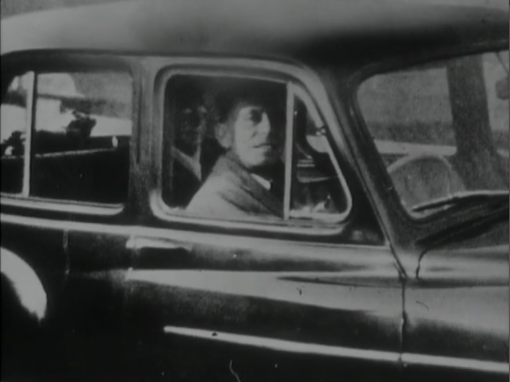
A screen shot from Arthur C. Clarke’s World of Strange Powers offers the clearest copy of the photo by Mrs. Mabel Chinnery allegedly showing a back-seat ghost.
Newly Released Challenge to Sykes’ Yeti DNA Findings
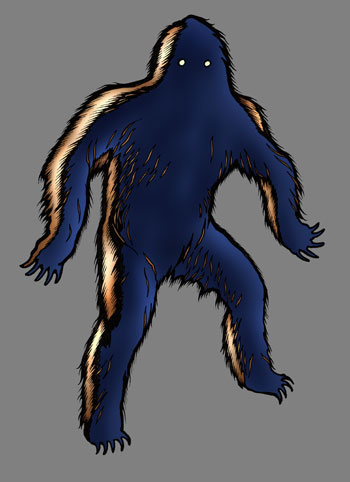
Illustration by Daniel Loxton. Originally published in Junior Skeptic 16, bound inside Skeptic Vol. 10, No. 2 (2003).
When Oxford geneticist Dr. Bryan Sykes decided to tackle the topic of Bigfoot, the cryptozoology community got very excited. Would he identify some new unknown primate? Would the study legitimize research into cryptozoology? Would his evidence give more reason to doubt Yeti and Bigfoot’s existence?
Sykes’ paper Genetic Analysis of Hair Samples Attributed to Yeti, Bigfoot and Other Anomalous Primates appeared in the Proceedings of the Royal Society in August, 2014. (Sykes’ co-authors were Rhettman A. Mullis, Christophe Hagenmuller, Terry W. Melton, and Michel Sartori.) It was the first legitimate large scale DNA survey of anomalous primate1 evidence. (If you’d like to understand why the discredited Melba Ketchum paper doesn’t qualify, I would commend to you the work of Sharon Hill who has compiled a set of well reasoned responses to the various Ketchum claims.) Sykes paper was released in conjunction with a multi-episode documentary called Bigfoot Files, produced by Channel 4.
Prominent folks in the Bigfoot community dismissed Sykes’ effort. Matt Moneymaker of the Bigfoot Field Research Organization (BFRO), famous for Finding Bigfoot, the animal planet “documentary series” which has failed to live up to its title in its six seasons of engrossing forest adventure role-playing, was especially harsh in his criticism of Sykes’ efforts. Moneymaker writes:
TAGS: bears, Bryan Sykes, DNA, YetiShould Goddard’s Squadron Drop Dead Fred?
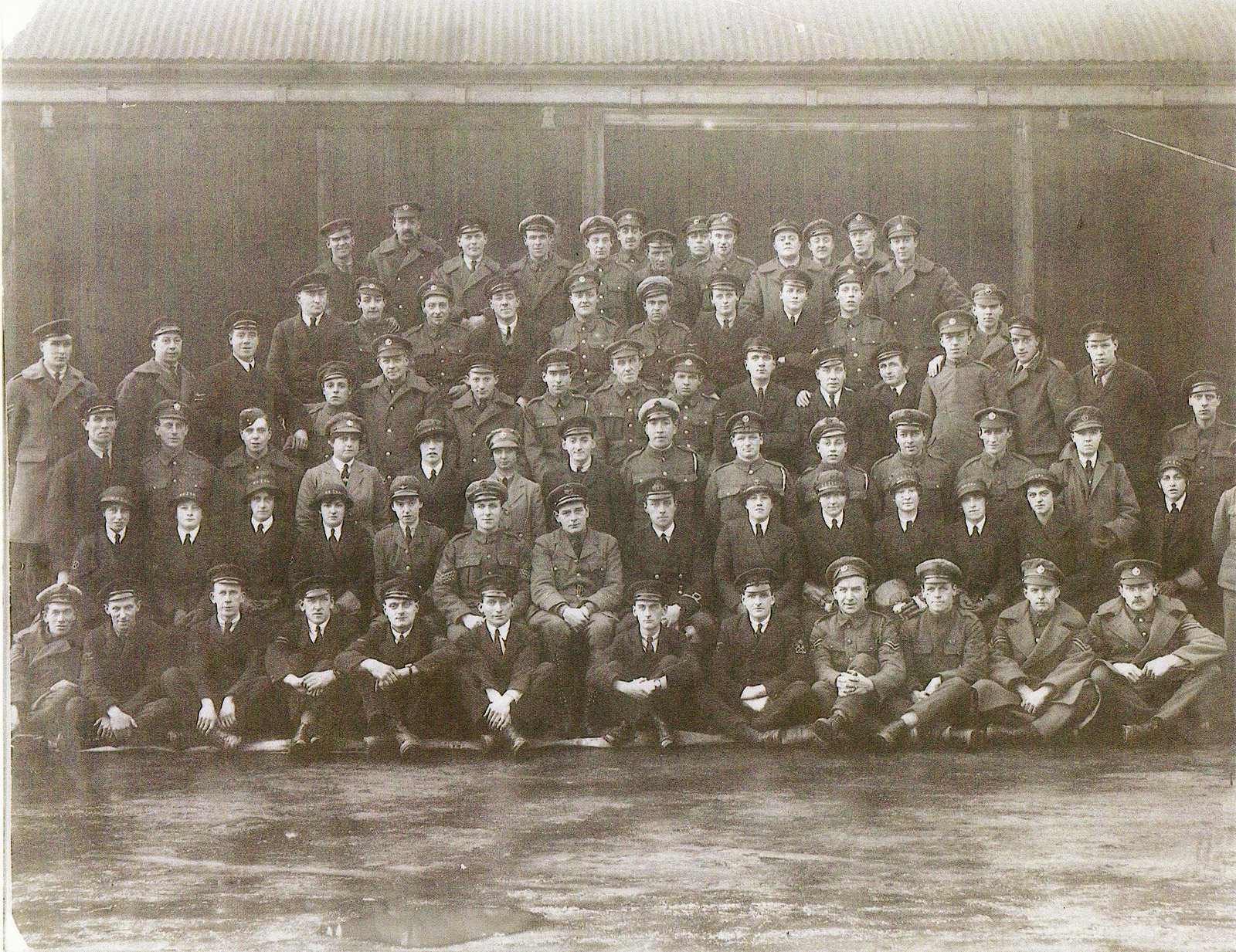
CLICK TO ENLARGE. Scanned copy of Bobbie Capel’s squadron photo allegedly including the ghost of Freddy Jackson.
I love looking at “ghost photos.” They’ve fascinated me all my life, but at some point I realized they didn’t all have to remain mysteries. The Watertown ghost photo and the Wem Town Hall ghost photo are now known to be hoaxes, for example. But some still call out for research.
One of the famous photos still promoted as a legitimate piece of photographic evidence for ghosts is that now known as the ghost of Goddard’s Squadron, allegedly the spirit of a dead chap named Freddy Jackson. It dates from the end of World War I and shows a group of military personnel standing for a squadron portrait. But according to the tale behind this image there is one extra person in the photo—and he’d been dead for a few days.
TAGS: bobbi capel, freddy jackson, ghost photos, ghost skeptic, ghosts, goddard's squadron, Victor GoddardMonsters & Science
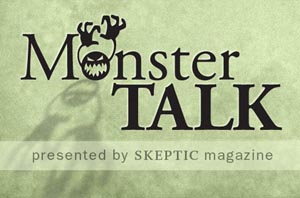 It’s almost Halloween and for some of you that means you’re gorging on scary movies and planning your kid’s trick-or-treating costumes. If you like monsters and scary stories but don’t care for the kind of credulous treatment they always get on documentaries this time of year, you might enjoy a few choice episodes of MonsterTalk: The Science Show About Monsters. While we do enjoy a lot of listeners from a wide spectrum of backgrounds, I get the impression that some people haven’t tried out the show because they have reduced the field of monsterology down to a binary question of “is it real?” With a ready answer to that, they dismiss further inquiry.
It’s almost Halloween and for some of you that means you’re gorging on scary movies and planning your kid’s trick-or-treating costumes. If you like monsters and scary stories but don’t care for the kind of credulous treatment they always get on documentaries this time of year, you might enjoy a few choice episodes of MonsterTalk: The Science Show About Monsters. While we do enjoy a lot of listeners from a wide spectrum of backgrounds, I get the impression that some people haven’t tried out the show because they have reduced the field of monsterology down to a binary question of “is it real?” With a ready answer to that, they dismiss further inquiry.
The utility of monsters as a tool for science communication has more possibilities than that simplistic approach suggests. What we’ve tried to do with MonsterTalk is extend the “is it real” question with additional discussion such as:
- Could this monster ever exist?
- What evidence for it exists outside of legend?
- If it couldn’t exist, what is possible within the constraints of real world science?
And we also try to ask what monsters our guests consider to be their favorites. It’s fun to hear what historians and scientists like to imagine lurking in the shadows.
You don’t have to subscribe to MonsterTalk to listen to an episode. Here are some links to the show-notes for some appropriately themed Halloween topics. On these pages you can click the “play” button and hear the shows without subscribing. We’re also working towards getting transcripts of all our episodes (such as this one), which will let both search engines and the hearing-impaired consume our content.
TAGS: aliens, Bible, demons, Devil, extraterrestrials, ghosts, investigation, monsters, Silver Bullet, Skeptic, Slenderman, Tabloid, werewolvesOf Pods and Monsters

MonsterTalk is a free audio program about science and monsters, presented by Skeptic magazine. Discover our podcasts today!
A reader recently wrote in to Skeptic to complain about the inclusion of zombies in the content. I’m not 100% sure if this was directed at MonsterTalk, the podcast I produce, or at Skeptic itself because of an upcoming Skeptics Society lecture (scheduled for today at 2 pm at Caltech) about zombies and neuroscience by Bradley Voytek, one of the co-authors of Do Zombies Dream of Undead Sheep? I had both Bradley and his co-author Timothy Verstynen on a recent episode of my show.
The letter read, in part:
I cannot believe the attraction that zombies have for sane persons, especially skeptics. Please leave off all future discussions of such a childish, paranormal, boring subject matter.
I don’t work for Skeptic and wasn’t sure if the complaint was meant for me, for Bradley, or for Skeptic’s management? But I responded because it turns out I do have some strong feelings about the role of monsters and the paranormal in the skeptical world. What follows is a lightly edited version of my response to the author of this email:
TAGS: monsters, science communication, science outreach, zombiesWho Invented Pasteurization?
People have a habit of trying to tie inventions to the work of some single genius, but that is not how inventions are created, and not how discoveries are made. This is the first in a series of posts that will examine the process of creation, the nature of the inventive process, and why history inevitably tries to give credit to a single person when inventions are never the result of a single person’s work.
Recently I was researching on the medical efficacy of silver as a part of werewolf research, as one does. To my surprise I came across a news clipping that was shockingly discordant with my vague understandings of the history of food preservation.
TAGS: food preservation, Invention, Louis Pasteur, milk, pasteurization, raw milk, science, science based medicine, scientific methodMODE OF PRESERVING MILK FOR LONG VOYAGES
Sir,— As the season of the year is now arrived when hundreds of mechanics are induced to cross the Atlantic in the hope of bettering their fortune and to those who may carry young families with them, milk may be an important article of diet, perhaps the following extract from an old newspaper of the date of 1822 setting forth a simple and easy method of preserving it may be of importance; more particularly as I perceive from your last monthly list of new patents, that a method of preserving animal milk has just been patented whether the same or a different method remains to be seen: —“Provide a quantity of pint or quart bottles (new ones are perhaps best); they must be perfectly sweet and clean and very dry before they are made use of. Instead of drawing the milk from the cow into the pail as usual, it is to be milked into the bottles. As soon as any of them are filled sufficiently they should be immediately well corked with the very best cork, in order to keep out the external air and fastened tight with packthread or wire, as the corks in bottles which contain cider generally are. Then on the bottom of an iron or copper boiler spread a little straw on that lay a row of the bottles filled with milk, with some straw between each to prevent them from breaking and so on alternately until the boiler has a sufficient quantity in; then fill it up with cold water Heat the water gradually until it begins to boil and as soon as that is perceivable draw the fire. The bottles must remain undisturbed in the boiler until they are quite cool. Then take them out and afterwards pack them in hampers either with straw or sawdust and stow them in the coolest part of the ship. Milk preserved in this way has been taken to the West Indies and back, and at the end of that time was as sweet as when first drawn from the cow.
I am, Sir, yours,
J. Elliott
March 30 1835
Hello, World!
As I write this, this new Skeptic blog doesn’t even have an official name yet. [Now “INSIGHT.”] But when a computer programmer wants to learn a new programming language, it is traditional to start by making a simple program that spits out the words, “Hello, World!” I’ve always felt a cheerful thrill when taking on such a daunting task as learning a new computer language, and I feel similarly about this blog.
Writing a blog is similar to writing a computer program. You start off with some idea and as you consider it, you can see it form into its core components: beginning, middle, end. The longer you consider it, mentally model it, and refine it, the more it seems a good thing. The more it seems like it’s elegant, possibly even important? Yes, that’s it! You’ve really got it now and all that remains is to type it in. And then…
TAGS: blogging, computer language, writing
